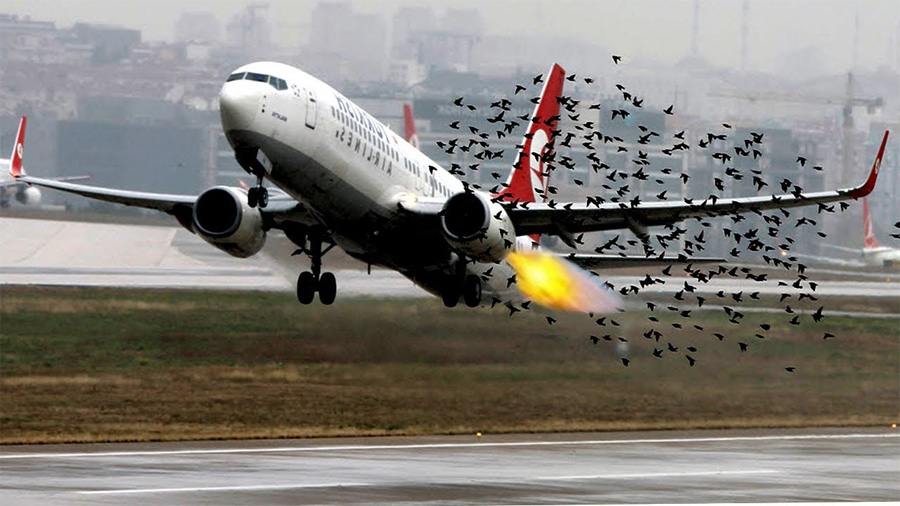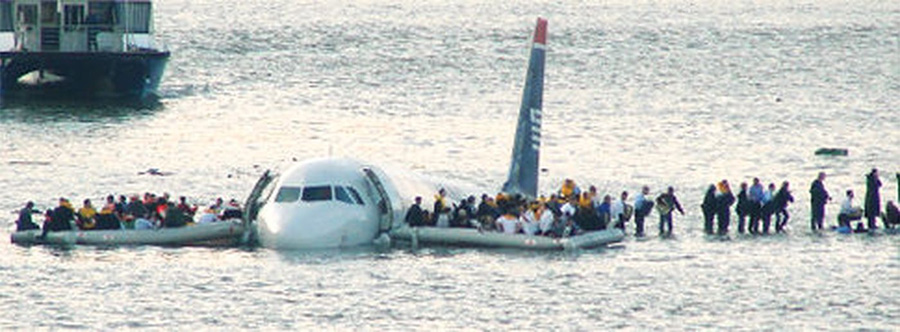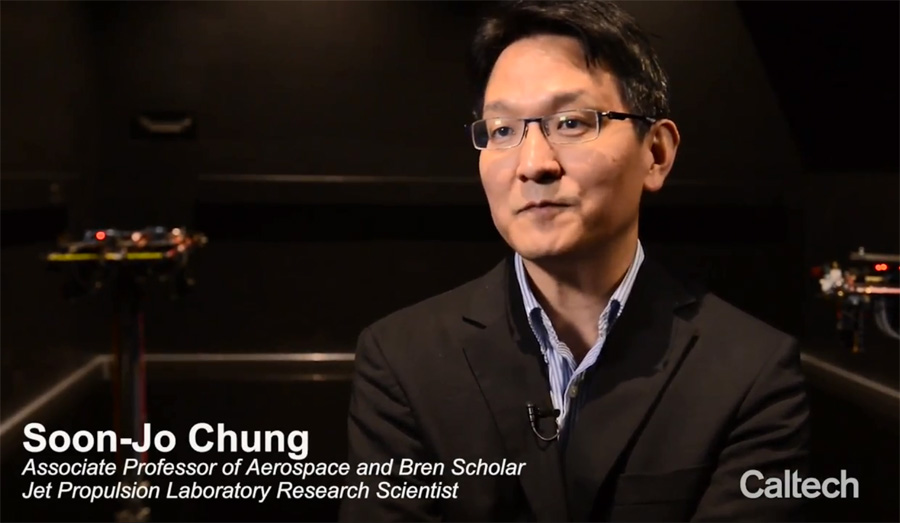Autonomous drones will drive flocks of birds from airports

Caltech Institute engineers have developed an algorithm that allows drones to scare away birds without human intervention. In the future, the system will be implemented at airports around the world and help save more than a billion dollars a year.
Usually unmanned aerial vehicles are prohibited from being near airports. Human-controlled unmanned aerial vehicles can be unreliable: if the operator becomes too aggressive and scares the birds, the flock can fly apart and become even more uncontrollable. Therefore, a team of researchers from Caltech has developed an algorithm that trains drones to autonomously drive flocks of birds from the airspace of the airport.
Engineers said they were inspired by the 2009 incident with US Airways-1549, which became known as the Miracle on the Hudson. At the exit from the airport, the plane hit a flock of geese and lost all engine power. The only reason he did not crash was because experienced pilots managed to land on the Hudson River. Subsequently, a film with Tom Hanks will be shot about the commander of this flight, Chesley Sullenberg .

Miracle on the Hudson
Song Yu Chang, a professor of aerospace engineering and lead author of the project, fears that next time the story may not turn out so well:
One hundred and fifty-five passengers of flight 1549 were saved only thanks to the talent of the pilots. This made me wonder what would happen if the crew commander made a different decision. So I started looking for ways to protect the airspace from birds, using my skills in autonomy and robotics.

Nowadays, airports use several strategies to scare away feathered airports: changing the environment to make it less attractive to birds (lack of fields, trees, etc.), using trained falcons attacking flocks, and using manned drones. All these methods are ineffective, and only slightly reduce the chance of an airplane colliding with birds.
When you try to take birds out of a certain airspace, you need to be very accurate. If your drone is too far away, it will not scare away the flock. And if he gets too close, you risk scattering the flock and making it completely uncontrollable. With a manned vehicle, finding the exact zone every time is almost impossible.
In the implemented project of Song Yu Chang ( PDF ), cameras record how the flock is formed and determine its position. The computer system forms a further model of the flock's behavior, predicts its trajectory and gives commands to the drone. And he automatically chooses how to fly so that the birds are guaranteed not to fall into the "protected" zone.
Each bird in the wedge reacts to the behavior of its neighbors. A precisely located drone can cause individuals on the edge to slightly change the direction of their movement - which affects the birds closest to them, which affects the birds deeper in the flock, and so on, until it forces the entire group to do the necessary maneuver.
Sun Yu Chang began work on the project back in 2013, when he worked at the University of Illinois. Funding was provided by the US National Science Foundation ( NSF Career ). At first, Chang wanted to build a homing robot with flapping wings - which would mimic the behavior of a falcon. So his team got a completely new type of drone, " Bat Bot ", resembling a bat. But as a result of tests, it turned out that a standard quadrocopter scares off birds no worse (but costs less).
Moushedron Song Yu Chang
So that the drone could automatically chase birds, Chang and colleagues built a mathematical model of the flock's work, describing how it sticks together and how it reacts to danger coming at a certain angle. The old algorithms developed for driving flocks of sheep were taken as a basis, only they were expanded for three dimensions, instead of two. Professor Chang’s previous research into spacecraft and drone swarms has also been unexpectedly useful. From space, perhaps, information will be received about the newly discovered flocks, and at least a dozen drones will need to be used to protect a large airport.
The team successfully tested its algorithm using a ready-made multicopter near a field in Korea. They found that he could independently keep a flock of dozens of birds at a distance from the "protected zone". Researchers still need to find a way to scale up the project before the technology can completely replace trained manual falcons and drones. But Song Yu Chang claims it is worth it:
Birds inflict $ 400 million a year damage in military and civil aviation in the United States, and $ 1.2 billion in the world. If we can reduce this damage by at least a few percent, the project will more than justify itself. Also during work it turned out that vineyards are faced with a similar problem. Crows eat the fruits before harvest. Imagine a drone autonomously rising above the field, and brave of any uninvited guests from the territory. This is the future we are working on.


